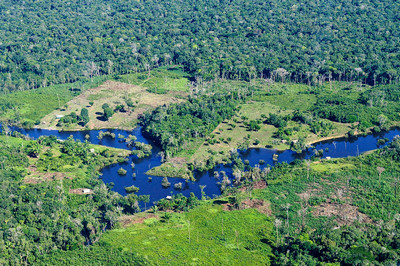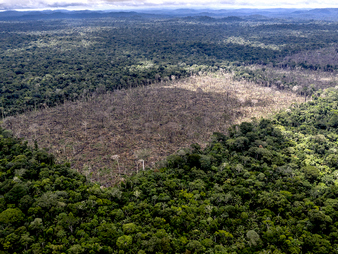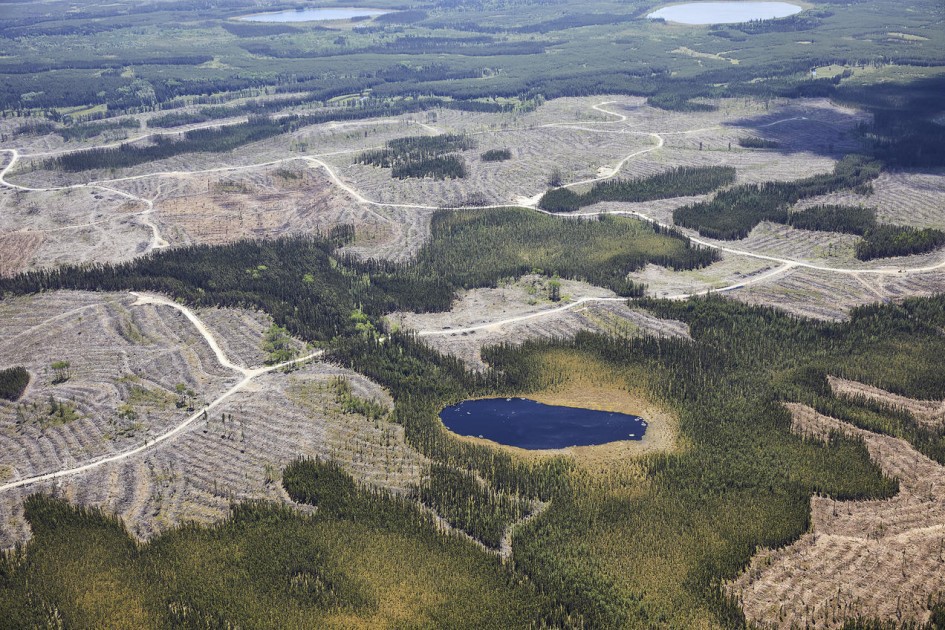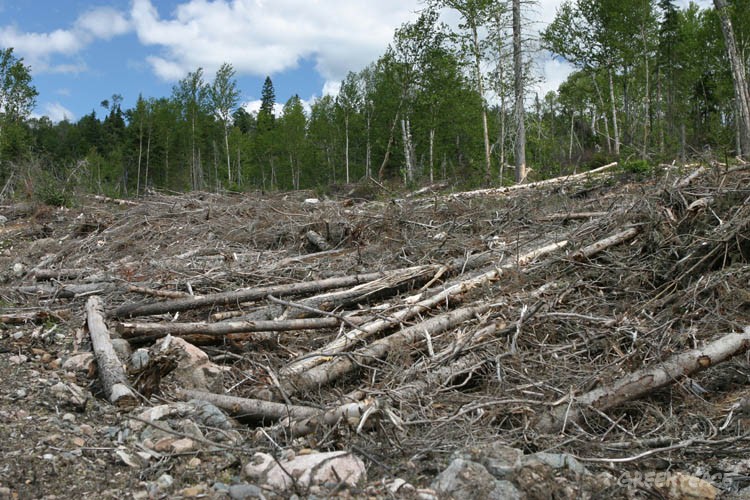- hot-spots
- deforestation
- Brazil
- Deforestation of tropical and boreal forests, Brazil

Problems
Massive Destruction of Tropical and Boreal Forests
Tropical rainforests, which are vital for storing carbon and biodiversity, are disappearing at a rate of about 10 football fields per minute. The GFW found that the destruction increased from 2016 to 2018 and that in 2021 alone, deforestation resulted in carbon dioxide emissions equivalent to India's annual fossil fuel emissions. The rate of forest loss has stabilized over the past two years, dropping to 4,210,000 hectares cleared in 2020, with just under 3,750,000 hectares lost the following year. However, forests continue to be targeted by organized crime groups involved in illegal mining, logging, illegal crop cultivation, and cattle ranching. Between 2002 and 2021, Brazil lost nearly 28 million hectares of primary forest, equivalent to the rate of almost 4,000 football fields per day, which is more than New Zealand. In South America, the areas most affected by tropical deforestation are located in the western Brazilian Amazon and Bolivia's Santa Cruz province. Together, these countries account for almost 50% of the total loss of tropical forests. Non-fire losses in Brazil increased by more than 25% from 2020 to 2021, and in Bolivia by about 30%. In Brazil, large-scale clear-cutting along existing roads next to forests—probably for cattle grazing—was a major factor.
Gallery
5Timelines
2023
February 09
Brazil's President Lula visits President Biden in Washington, D.C. to discuss topics such as US joining the Amazon Multilateral Fund to fight deforestation in Brazil: Commitments may be announced during the meeting.
2022
April 28
According to new data from the University of Maryland, tropical forest loss has remained steadily high with no signs of slowing, despite commitments from companies and governments to curb deforestation. Deforestation rates remained consistently high in Brazil and the Democratic Republic of Congo, home to the world's two largest tracts of rainforest, offsetting the declines in deforestation seen in places like Indonesia and Gabon. The boreal forests of Eurasia and North America also experienced a surge in deforestation, mainly due to massive fires in Russia, which may have fed back into warming and burning. Data available on the Global Forest Watch platform, run by the World Resources Institute (WRI), show that tropical countries have lost 11.1 million hectares (27.5 million acres) of tree cover, an area the size of Cuba.
2019
August 29
The tragedy continues to unfold in the Amazon. Tens of thousands of fires are raging throughout the region, destroying large tracts of forests in Brazil, Bolivia, and Peru. These fires are not accidental. They are the result of the policies of Brazilian President Jair Bolsonaro, who since coming to power in January has weakened environmental protections in the region, slashed the budget of Brazil's environmental protection agency by 95%, encouraged land clearing for agribusiness, failed to stop the illegal timber trade and called for uprooting about 1 million indigenous people living in the forests.
2016
April 01
Sao Paulo is drying up. In fact, most of southeastern Brazil is affected, including the country's second-largest city, Rio de Janeiro. The region has experienced a drought for three consecutive years. Despite recent El Nino-induced rains, São Paulo's reservoirs are nearly empty. All signs point to climate change as the culprit. Forecasters say the area affected by severe drought could triple by the end of the century. Additionally, unpredictable feedback loops can accelerate the cycle. It turns out that the drought in the Amazon and the drought in São Paulo are not just a coincidence. Researchers have found a direct link between deforestation in the center of the country and water shortages in the densely populated southeast. Although the rate of deforestation has slowed recently, the country still loses more than 500,000 hectares of jungle each year.
2014
April 29
A new report from the activist group, ForestEthics, alleges that US company, 3M, supplies many of its products from endangered forests around the world. The NGO links 3M's masking tape and sandpaper to caribou habitat in the boreal forests of Canada, Scotch-Brite sponges to a controversial paper mill in Brazil, and those ubiquitous Post-it Notes to allegedly poor logging practices in the US Although 3M’s Post-It Notes are certified by the Sustainable Forestry Initiative (SFI), there is little sustainability about them or the initiative alleges ForestEthics. ForestEthics linked Post-it Notes in the US to logging in Minnesota, Wisconsin, Oregon, Washington, and Montana. Less than 10 percent of the company's Post-it Notes contain any recycled fiber, according to the NGO. ForestEthics further contends that Post-it Notes in Europe may contain illegally logged fiber sourced from a different company. The report also connects 3M’s sandpaper and masking tape from logging in Ontario, home to threatened woodland caribou.



